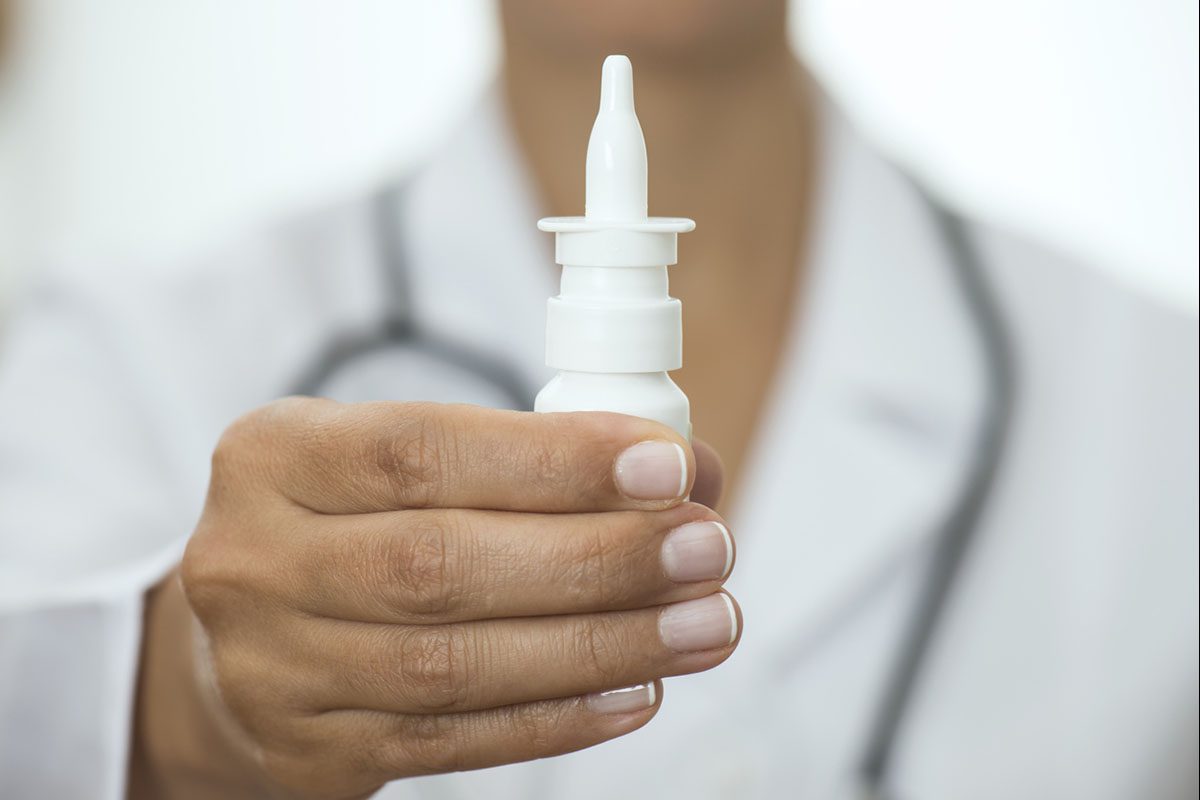Objective: To investigate the role of oxidative stress and antioxidants in depression.
Data Sources: We searched the literature without language restrictions through MEDLINE/PubMed, Cochrane Library, Fisterra, and Galenicom from database inception until December 31, 2013, supplemented by a hand search of relevant articles. Search terms included (1) oxidative stress, antioxidant*, nitrosative stress, nitrative stress, nitro-oxidative stress, free radical*, and names of individual oxidative stress markers/antioxidants and (2) depression and related disorders and antidepressant.
Study Selection: Included were studies in patients with depression comparing antioxidant or oxidative stress markers with those in healthy controls before and after antidepressant treatment.
Data Extraction: Two authors independently extracted the data for antioxidant or oxidative stress markers. Standardized mean differences (SMDs) ± 95% confidence intervals (CIs) for results from ≥ 3 studies were calculated.
Data Synthesis: Altogether, 29 studies (N = 3,961; patients with depression = 2,477, healthy controls = 1,484) reported on the oxidative stress marker malondialdehyde (MDA) and total nitrites, the antioxidants uric acid and zinc, or the antioxidant-enhancing enzymes superoxide dismutase (SOD), catalase (CAT), and glutathione peroxidase (GPX). When patients with depression were compared with healthy controls, depression was associated with higher oxidative stress MDA levels (8 studies; n = 916; SMD = 1.34; 95% CI, 0.57 to 2.11; P < .001), lower antioxidant uric acid (4 studies; n = 512; SMD = −0.64; 95% CI, −1.22 to −0.06; P = .030) and zinc levels (13 studies; n = 2,002; SMD = −0.66; 95% CI, −0.98 to −0.34; P < .0001), and higher antioxidant-enhancing enzyme SOD levels (11 studies; n = 902; SMD = 0.62; 95% CI, 0.07 to 1.17; P = .028), while differences in total nitrites and CAT and GPX were nonsignificant. Antidepressant treatment, which significantly reduced Hamilton Depression Rating Scale scores (24.6 ± 0.7 to 16.2 ± 1.6; SMD = 2.65; 95% CI, 1.13 to 4.15; P = .00065), reduced MDA (4 studies; n = 194; SMD = −1.45; 95% CI, −2.43 to −0.47; P = .004) and increased uric acid (3 studies; n = 212; SMD = 0.76; 95% CI, 0.03 to 1.49; P = .040) and zinc levels (3 studies; n = 65; SMD = 1.22; 95% CI, 0.40 to 2.04, P = .004), without differences in MDA (P = .60), uric acid (P = .10), and zinc (P = .163) levels compared to healthy controls.
Conclusions: Results suggest that oxidative stress plays a role in depression and that antidepressant activity may be mediated via improving oxidative stress/antioxidant function.
Continue Reading...
Did you know members enjoy unlimited free PDF downloads as part of their subscription? Subscribe today for instant access to this article and our entire library in your preferred format. Alternatively, you can purchase the PDF of this article individually.
Please sign in or purchase this PDF for $40.00.
Save
Cite
Already a member? Login



